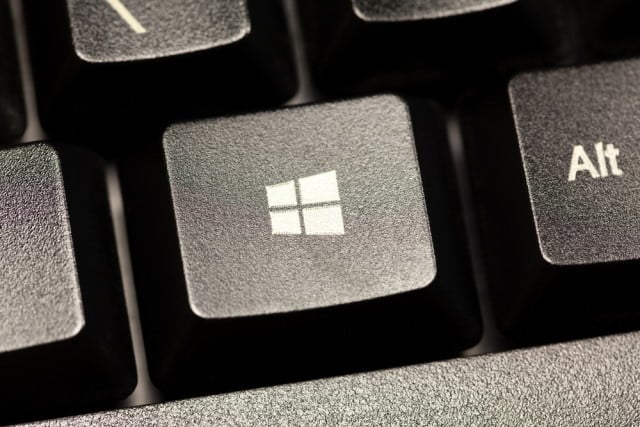
How to enable Hyper-V in Windows 10 or Windows 11 Home so you can run virtual machines
With the release of the first beta build of Windows 11, increasing numbers of people are keen to try out the operating system. You could install Windows 11 as your primary OS, you could opt to dual boot with Windows 10, or you could just use an old computer (assuming it meets the minimum system requirements).
But perhaps the least disruptive option is to go down the route of virtualization. There are various tools you could use for this, but Windows offers Hyper-V, an optional component that can be used to create virtual machines. Technically, it is exclusive to the Pro editions of Windows 10 and Windows 11, but with a little tweaking, it's also available in the Home editions. Here's how to enable Hyper-V.
